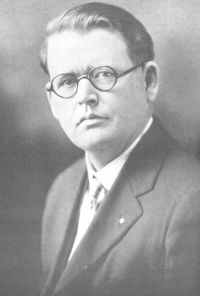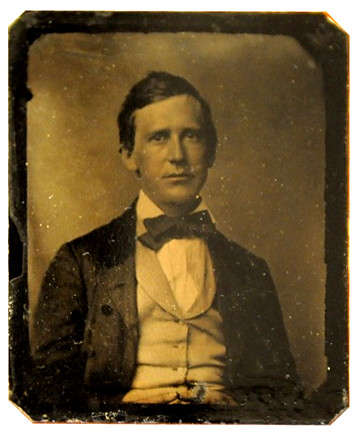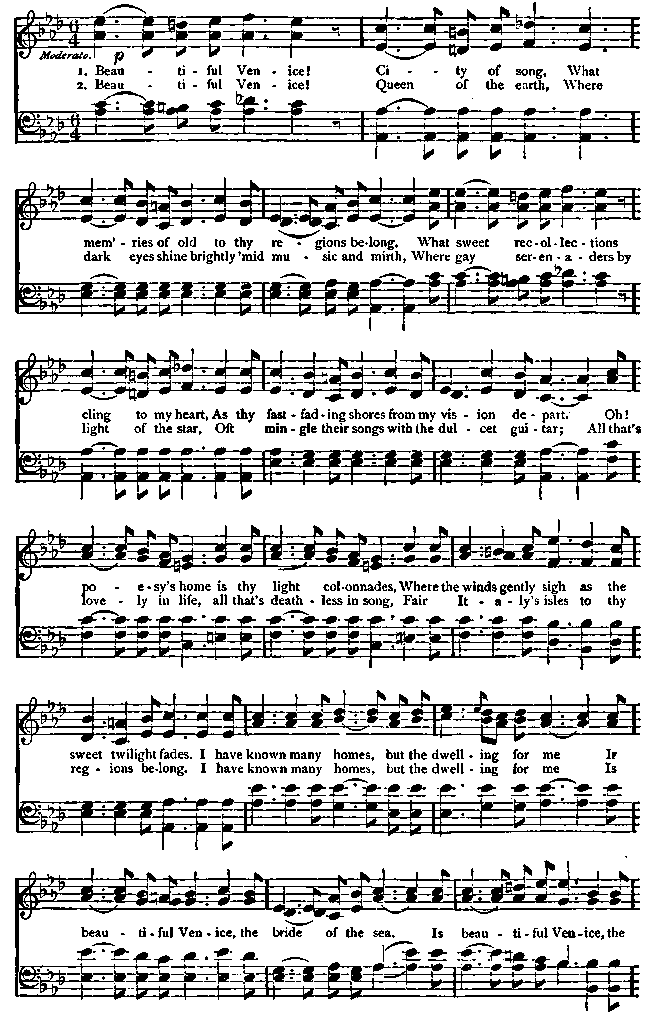MEMORIAL
OF
CITIZENS OF TALLAHASSEE, FLORIDA,
PRAYING
The encouragement of the General Government in the cultivation of tropical plants
March 9, 1846
Referred to the Committee on Agriculture, and ordered to be printed.
To the Senate and House of Representatives of the United States in Congress assembled:
The memorial of the undersigned,
citizens of Florida, would respectfully bring to the attention of your
honorable bodies the subject of encouraging the introduction and cultivation in
Florida of such plants, tress, &c., of tropical climates, as conduce to the
health and comfort of the inhabitants, or have become valuable as articles of
commerce.
Your memorialists believe that a
large part of this State, although not within the tropics, enjoys so nearly
tropical as to justify the opinion that many, if not all, of the valuable
products of warm latitudes may be successfully cultivated in Florida. Experience has proven that vegetable,
like the animal kingdom, will gradually adapt itself to very material changes
of climate, under persevering, judicious management, Cotton, rice, tobacco, indigo, sugar-cane, so extensively cultivated at the present
day in our southern and southwestern States, are all believed to have been
indigenous to the torrid zone; and we may hope that, in like manner,
many other of its valuable products, once successfully introduced, even into
the south of Florida, will be gradually extended over many of the adjoining
States.
This adaptation of plants to
change of climate usually proves to be a slow process, and only succeeds after
many failures and much expense.
The result of first experiments rarely remunerates those who embark in
them, and therefore they are properly entitled to the fostering aid of
government. The forms in which
this aid may be best extended, your memorialists will not assume themselves to
decide.
The subject has been forcibly
presented in the report of a committee of our Territorial legislature, made
March 3, 1845, a copy of which accompanies this memorial; and the undersigned
most respectfully reiterate the language of the resolution at the close of that
report, which urges "that the United States consuls in the tropical
countries, and the officers of the navy visiting such countries, be requested
to procure and transmit to Florida such seeds, roots, plants, and products, as
may be introduced and cultivated here, with such information about their
cultivation as may be useful."
MEMORIAL
OF
CITIZENS OF
TALLAHASSEE, FLORIDA,
PRAYING
The encouragement of the General Government in the cultivation of
tropical plants
March 9, 1846
Referred to the
Committee on Agriculture, and ordered to be printed.
To the Senate and House of Representatives of the United States in
Congress assembled:
The memorial of the
undersigned, citizens of Florida, would respectfully
To those who will settle in the
southern part of Florida and devote themselves, for a series of years, to the
culture of such new and valuable products, it would seem highly proper for
Congress to continue to offer inducements by donations of public lands, upon
terms similar to the offer made to the late Dr. Henry Perrine. At the same time, the undersigned
believe that there are many intelligent and enterprising citizens in the
settlements of Florida now willing to devote a portion of their time and labor
in making trial of the articles proposed, without further inducement or expense
by the general government than the procuring and distribution amongst us of the
seeds, roots, plants, &c., which can be so readily in the manner above
pointed out. They therefore
earnestly ask that Congress will give the matter due consideration, and will
adopt such means as will secure the objects of their memorial; and as in the
duty bound, will ever pray.
TALLAHASSEE, FLORIDA, February 19, 1846.
List of 72 names, including:
Bryan Croom
Arvah Hopkins
R. A. Shine (was the builder of Goodwood)
Surnames of old
Tallahassee on the list include: Anderson, Gamble,
McDougall, Bellamy, Chaires, Westcott, Betton, Long, Duval, Branch, Byrd, Eppes,
&c.



















